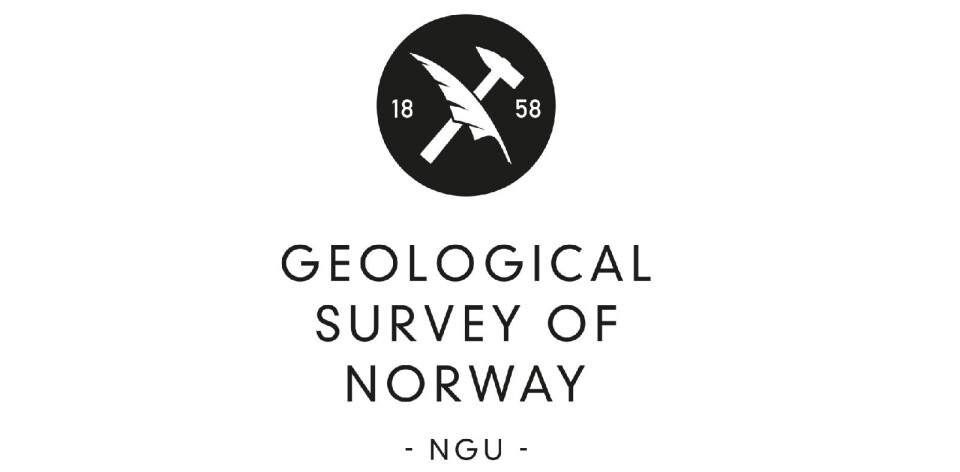THIS CONTENT IS BROUGHT TO YOU BY NGU - GEOLOGICAL SURVEY OF NORWAY – READ MORE

The seabed off Norway stores six million tonnes of carbon each year
Researchers suggest that we should better protect the organic carbon in continental shelf sediments to prevent increased greenhouse gas emissions.
Sediments on the seabed store large amounts of organic carbon. Organic carbon is the element carbon found in living things or things that have been alive, such as plants, animals, and fossil fuels.
The binding climate agreement made in Paris in 2015 states that the global average temperature must not increase by more than 2°C. Ideally, the temperature should not exceed 1.5°C compared to pre-industrial levels.
This requires drastic emission
reductions and the removal of CO2 from the atmosphere.
Carbon is life
“A certain reduction in CO2 emissions can be achieved by nature itself if ecosystems that remove significant amounts of carbon from the atmosphere are better protected, managed, and restored,” says Markus Diesing.
He is a researcher at the Geological Survey of Norway (NGU).
Without carbon, there is no life. Carbon is the central element in the molecules that make up living beings. Carbon compounds are also important in fuels.

Increased CO2 emissions
“We have mapped the amount of organic carbon stored in sediments on the Norwegian continental shelf and examined how quickly the stores are replenished,” says Diesing.
The researchers found that the top ten centimetres alone store 814 million tonnes of organic carbon, and that seabed sediments are filled with six million tonnes per year.
“This corresponds to 22 million tonnes of CO2 equivalents per year, or about 45 per cent of Norway's emissions,” he says.
Almost half of the annual accumulation occurs in deep trenches on the shelf, depressions carved into the shelf by ice during the ice ages. The area that stores the largest amount of organic carbon in seabed sediments is found in the eastern part of the Norwegian Trench.
If the sediments are disturbed and stirred up, for example by bottom trawling, the result could be increased CO2 emissions into the water column and possibly into the atmosphere.
“The processes behind this are so far poorly understood. We want to better understand the impact human activities have on the amount of CO2 released from the seabed. We will use our maps together with data from fishing activities to get a better understanding,” says Diesing.
Store more carbon than coastal ecosystems
So far, international focus has often been on the preservation and restoration of coastal ecosystems, including mangrove forests, kelp forests, and seagrass meadows, to keep carbon in place.
“Our findings show that marine seabed sediments store more carbon than coastal ecosystems in Norway. The government has highlighted seabed sediments as a nature-based climate solution in its management plans for Norwegian marine areas. Our results provide a basis for better analyses in the management of marine areas,” says Markus Diesing.
Reference:
Diesing et al. Glacial troughs as centres of organic carbon accumulation on the Norwegian continental margin, Communications Earth & Environment, , vol. 5, 2024. DOI: 10.1038/s43247-024-01502-8




































